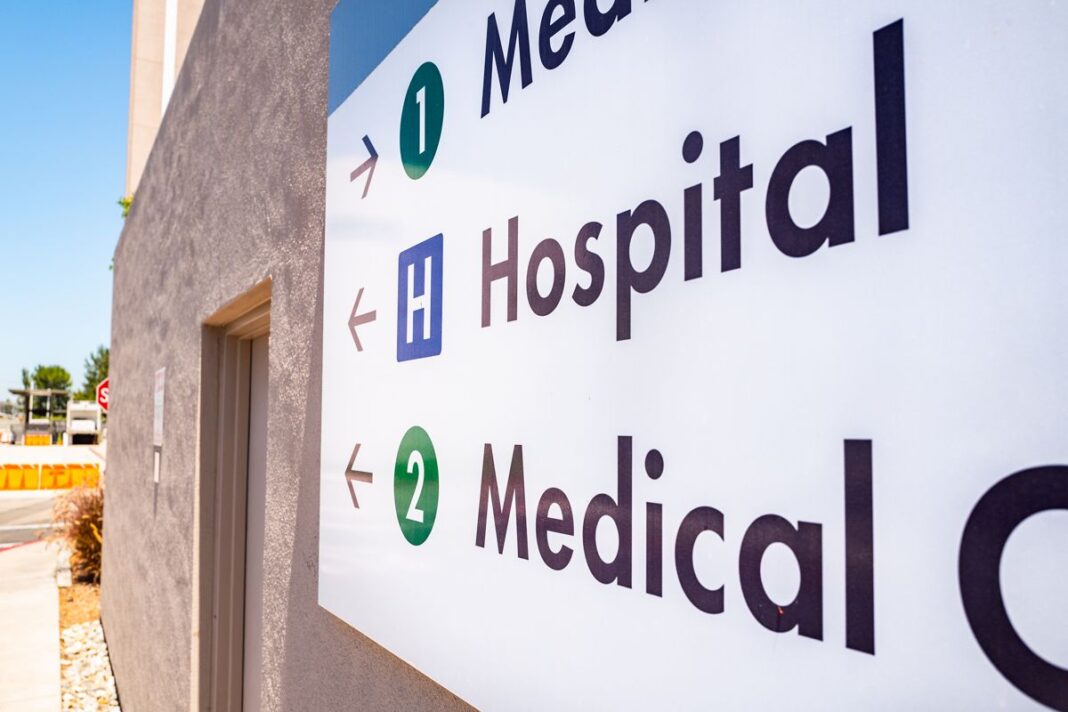Some analysts dispute the warning of catastrophic rate increases for millions of Americans, though underlying costs are rising rapidly.
Health premiums in the Affordable Care Act Marketplace will rise by double-, even triple-digit percentages, according to some forecasts, while experts say the numbers can be misleading.
To get the full picture, it’s necessary to understand what’s happening with the federal subsidies that help pay for the insurance known as Obamacare, and how the rising costs are being presented.
Most Marketplace users will still find affordable coverage, experts say. But that doesn’t mean health care costs are not skyrocketing beneath the surface.
Here’s how the Marketplace works and what to expect when selecting a plan for 2026.
How It Works
People with household income between 100 percent and 400 percent of the federal poverty level receive a subsidy from the federal government to help buy health coverage through the Marketplace.
The federal poverty level is based on household size and is adjusted annually.
People who earn less than 100 percent of the federal poverty level qualify for Medicaid, which has no premium. People earning less than 138 percent may qualify in the 40 states with expanded Medicaid.
The Marketplace subsidy is paid directly to the insurer, so enrollees who qualify pay only the reduced premium.
Five levels of plans are available: bronze, silver, gold, platinum, and catastrophic. The bronze plans have the lowest premium but typically have higher out-of-pocket expenses, and the platinum plans have the best coverage and the highest premium.
Rates Rising
Marketplace premium rates are rising for 2026 for two reasons, according to Ethan Pickner, founder of AZ Health Insurance Brokers.
The first concerns the temporary, expanded health care subsidies instituted during the COVID-19 emergency.
“With the enhanced premium tax credits going away, the insurers are anticipating more healthy enrollees getting off of marketplace plans,” Pickner told The Epoch Times. “The remaining people on the plans tend to be less healthy and more expensive to insure.”
Those enhanced premium tax credits expanded Marketplace access to people making more than 400 percent of the federal poverty level. They also capped premium payments for Marketplace customers at 8.5 percent of their household income. Congress determined that those temporary subsidies would expire at the end of 2025.
In 2025, about 22.4 million people benefited from the enhanced subsidies, or about 92 percent of all enrollees, according to Bipartisan Policy Center, a Washington-based think tank.
The second reason rates are rising is the increase in costs.
“The cost of care is more expensive across the board,” Pickner said, citing the rising use of injectable weight loss drugs and other brand-name medications.
Pickner said rates have risen 29 percent to 35 percent in Maricopa County, Arizona, for 2026, depending on the chosen plan and insurer.
Rates will rise an average of 26 percent for platinum plans in 2026, and some customers could see increases of 114 percent, according to health policy center KFF.








